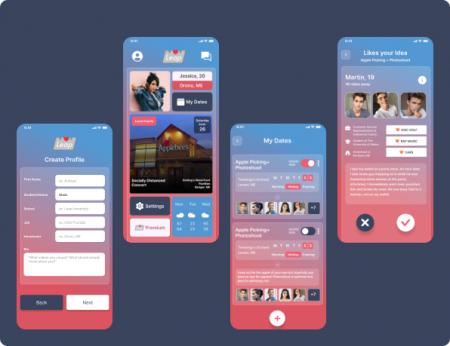In the rapidly evolving landscape of mobile app development, creating a seamless user experience (UI/UX) is paramount for success. One crucial step in achieving this is conducting effective user research. Pixxelu Digital Technology brings you a comprehensive guide on navigating the intricacies of user research to enhance your mobile app's design.
Understanding the Significance of User Research
Before delving into the practical aspects, it's crucial to comprehend why user research is the cornerstone of successful UI/UX design. User research provides invaluable insights into the preferences, behaviors, and expectations of your target audience. Armed with this knowledge, designers can tailor their creations to meet user needs, resulting in higher satisfaction and engagement.
Steps to Conduct Effective User Research
Begin by clearly outlining the goals of your user research. Identify the specific aspects of your mobile app's UI/UX you want to improve or validate. Whether it's streamlining navigation, enhancing visual appeal, or optimizing functionality, having well-defined objectives sets the stage for a focused research process.
Understanding your audience is fundamental to effective user research. Define the demographics, interests, and behaviors of your target users. Pixxelu Digital Technology recommends creating user personas to encapsulate the characteristics of your ideal audience, ensuring a more targeted and accurate research approach.
User research encompasses various methods, each offering unique insights. Common methods include surveys, interviews, usability testing, and analytics analysis. Select methods that align with your objectives and audience. For instance, if you're exploring user preferences, surveys and interviews can be instrumental, while usability testing provides hands-on feedback on the app's functionality.
Before launching your mobile app, create prototypes or mockups to gather user feedback at an early stage. This allows for adjustments and refinements based on user input, ultimately saving time and resources in the development phase. Pixxelu Digital Technology emphasizes the iterative nature of user research, encouraging designers to continuously refine their prototypes based on user feedback.
Once you've gathered data through your chosen methods, it's crucial to analyze and synthesize the information. Look for patterns, common pain points, and positive feedback. This phase is where the raw data transforms into actionable insights that will inform your design decisions.
User research is an ongoing process. Pixxelu Digital Technology advises designers to embrace an iterative approach, continually refining the UI/UX based on user feedback and changing trends. Regularly revisit your objectives and repeat the research process to ensure your mobile app remains aligned with user expectations.
Conclusion
In the competitive realm of mobile app development, prioritizing user research is non-negotiable. Pixxelu Digital Technology advocates for a strategic and user-centric approach to UI/UX design, emphasizing the importance of understanding your audience and iterating based on their feedback.
By following these steps, you lay the foundation for a mobile app that not only meets user expectations but exceeds them. User research is not just a phase; it's a mindset that fosters continuous improvement and innovation in the dynamic world of digital technology.






